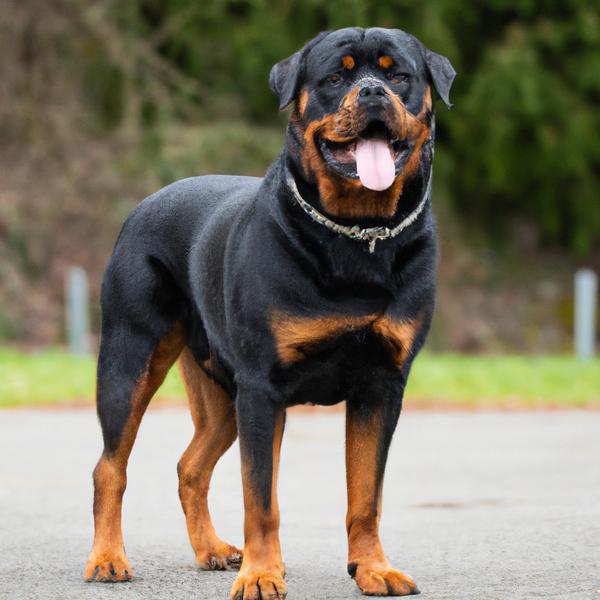Greater Swiss Rottweiler vs. Sharberian Husky: Breed Differences and Similarities
Hypoallergenic
Are Greater Swiss Rottweilers or Sharberian Huskys hypoallergenic, or neither?
Unfortunately, neither Greater Swiss Rottweiler nor Sharberian Husky are hypoallergenic, which may not make them the best choice for dog lovers who suffer from pet allergies.
Temperament
What are the personalities of Greater Swiss Rottweiler and Sharberian Husky dogs?
Independent
Protective
Alert
Courageous
Intelligent
Loyal
Devoted
Selfish
Fearless
Good-natured
Confidence
Loving
Independent
Alert
Intelligent
Friendly
Outgoing
Affectionate
Devoted
Gentle
Reserved
Suspicious
Shedding Level
Do Greater Swiss Rottweilers shed more than Sharberian Huskys, or which breed sheds more, Greater Swiss Rottweilers or Sharberian Huskys?
Greater Swiss Rottweilers are low shedding dogs, requiring minimal coat care.
Sharberian Huskys are moderate shedders, but regular brushing can reduce shedding and maintain coat health.
Ancestry
What are the origins of Greater Swiss Rottweiler and Sharberian Husky breeds?
Greater Swiss Mountain Dog and Rottweiler
Chinese Shar-pei and Siberian Husky
Date of Birth
When were Greater Swiss Rottweiler and Sharberian Husky breeds first developed?
Unknown
Eye Color Possibilites
What are the eye colors of Greater Swiss Rottweiler and Sharberian Husky dogs?
Hazel
Brown
Amber
Blue
Hazel
Brown
Nose Color Possibilites
What are the natural nose colors of Greater Swiss Rottweiler and Sharberian Husky?
Black
Black
Coat Color Possibilites
What are the natural colors of the coat for Greater Swiss Rottweiler and Sharberian Husky breeds?
Black
White
Brown
Cream
Fawn
Brown
White
Black
Coat Length
What is the typical coat length for Greater Swiss Rottweiler and Sharberian Husky breeds?
The coat of Greater Swiss Rottweiler and Sharberian Husky dogs falls in the medium-length category.
Coat Density
What is the density of the coat of Greater Swiss Rottweiler and Sharberian Husky?
Coat Texture
What is the hair texture of Greater Swiss Rottweiler and Sharberian Husky?
Straight
Litter Size
What is the usual litter size for Greater Swiss Rottweiler and Sharberian Husky?
A Greater Swiss Rottweiler can have a litter of 8-12 puppies on average. However, it's worth noting that the size of the litters can vary greatly. Factors that can influence litter size include the health of the mother, breeding history, and genetics.
A Sharberian Husky can have a litter of 4-8 puppies on average. However, it's worth noting that the size of the litters can vary greatly. Factors that can influence litter size include the health of the mother, breeding history, and genetics.
Adaptability
Greater Swiss Rottweilers have average adaptability to changes in lifestyle and living environments compared to other breeds.
Sharberian Huskys are known for their adaptability and can adjust well to different environments and lifestyle changes.
Health Issues
Between Greater Swiss Rottweiler and Sharberian Husky, which breed is more prone to health problems?
While the Greater Swiss Rottweiler breed is generally healthy, occasional vet check-ups are still necessary to address any health concerns.
Sharberian Huskys typically have low vet costs due to their good health, but it's important to monitor their health and seek vet care when necessary.
Major Concerns
What are the major health concerns for Greater Swiss Rottweiler and Sharberian Husky breeds?
Gastric Torsion
Osteosarcoma
Hip And Elbow Dysplasia
Osteochondritis Dissecans
Lymphoma
Epilepsy
Hemophilia
Kidney Problems
Laryngeal Paralysis
Mast Cell Tumors
Minor Concerns
What minor health issues should be kept in mind when owning Greater Swiss Rottweiler and Sharberian Husky?
Entropion
Distichiasis
Panosteitis
Progressive Retinal Atrophy
vonWillebrand’s Disease
Patellar Luxation
Elbow Dysplasia
Hip Dysplasia
Eye Problems
Zinc Responsive Dermatosis
Heat Sensitivity
Occasional Tests
What occasional tests are recommended for Greater Swiss Rottweiler and Sharberian Husky breeds?
Eyes
X-Rays
Blood Tests
Hips and Elbows
Eye
Blood
Skin Scraping
Physical Examination
Throat Exam
Hip and Elbow X-rays
Social Needs
Greater Swiss Rottweiler vs Sharberian Husky social needs comparison
Greater Swiss Rottweiler has very high social needs and requires regular mental and physical stimulation, a job or purpose, and companionship.
Sharberian Husky has average social needs and is less independent than other breeds.
Sleeping Need
Which of the two sleeps the most/least: Greater Swiss Rottweiler or Sharberian Husky?
Greater Swiss Rottweilers sleep less than other breeds but still need adequate sleep for good health.
Sharberian Huskys have moderate energy levels and typical sleep patterns of 12-14 hours per day.
Mouthiness
Mouthiness Comparison: Greater Swiss Rottweiler vs Sharberian Husky?
Roaming urge
Greater Swiss Rottweiler vs Labrador: Running away tendency?
Prey Drive
Greater Swiss Rottweiler or Sharberian Husky - which breed has a higher level of prey drive?
Past times
What are some enjoyable activities and ways to keep Greater Swiss Rottweiler and Sharberian Husky entertained?
Hanging out, Boat ride, Walk, Road trip
Dog Parks, Fetch, Going on walks, Walks, Cuddles, Naps, Beach, Walk
Activity Level
Which breed has higher energy, Greater Swiss Rottweilers or Sharberian Huskys?
Both Greater Swiss Rottweiler and Sharberian Husky are medium-energy dogs that enjoy socializing and playing with other dogs. They may engage in casual or sustained games of chase, and occasionally have bursts of barking or racing around the house.
Tolerance of being left alone
Walks per Week
How many miles should Greater Swiss Rottweiler or Sharberian Husky walk each week?
There's really no limit to how far you walk your dog as long as they're comfortable. For Greater Swiss Rottweiler, it's at least 11 miles / week. Just remember to build distance and stamina gradually over time.
There's really no limit to how far you walk your dog as long as they're comfortable. For Sharberian Husky, it's at least 9 miles / week. Just remember to build distance and stamina gradually over time.
Activity per Day
Do Greater Swiss Rottweilers or Sharberian Huskys require more exercise?
Both Greater Swiss Rottweiler and Sharberian Husky typically require a minimum of 60 minutes of exercise each day. The exercise can be spread throughout the day and may involve high-energy activities like walking, running, and playing.
Grooming
Which breed is easier to maintain in terms of grooming, Greater Swiss Rottweilers or Sharberian Huskys?
The Greater Swiss Rottweiler is a low-maintenance breed that doesn't require much grooming.
The Sharberian Husky requires an average amount of grooming compared to other breeds.
Brushing Frequency
What is the recommended brushing frequency for Greater Swiss Rottweiler and Sharberian Husky dogs?
Greater Swiss Rottweiler and Sharberian Husky should be brushed at least once a week. Of course, you can give them more frequent brushes if you find that they are still shedding a lot.
Brushing Tools
What brushing tools are used for Greater Swiss Rottweilers and Sharberian Huskys?
Pin Brush
Comb
Nail Clipper
Pin Brush
Slicker Brush
Comb
Nail Clipper
Cups
How much food should be given to Greater Swiss Rottweiler or Sharberian Husky in cups?
Greater Swiss Rottweiler and Sharberian Husky share the same recommended daily food intake of 3 cups, although the appropriate quantity may vary depending on the quality and nutritional content of their food.
Daily Cost
Which breed has a higher daily cost, Greater Swiss Rottweiler or Sharberian Husky?
The average cost of a Greater Swiss Rottweiler is somewhere $3.90 - $4.20 per day.
The average cost of a Sharberian Husky is somewhere $2.10 - $2.70 per day.
Monthly Cost
Which breed has a higher monthly cost, Greater Swiss Rottweiler or Sharberian Husky?
The average per month expenses of a Greater Swiss Rottweiler is between $112 - $126. This makes an average of $1344 - $1512 per year. It will be on the higher side when the dog is still small because it will need more frequent visits to the vet, shots.
The average per month expenses of a Sharberian Husky is between $55 - $73. This makes an average of $660 - $876 per year. It will be on the higher side when the dog is still small because it will need more frequent visits to the vet, shots.
Sensitivity Level
How do Greater Swiss Rottweiler and Sharberian Husky compare in sensitivity?
This breed is sensitive and requires gentle handling and a calm home environment.
Sharberian Huskys have average emotions and adapt well to different situations.
Apartment Friendly
Which breed is more apartment-friendly: Greater Swiss Rottweiler or Sharberian Husky?
Greater Swiss Rottweilers and Sharberian Huskys are dogs that do well in apartments with sufficient exercise, but they would really appreciate a small yard.
Child Friendly
Do Greater Swiss Rottweilers or Sharberian Huskys have a friendlier temperament towards children?
Greater Swiss Rottweiler and Sharberian Husky are average friendly dogs towards children.
Senior-friendly
Which dog is more suitable as a pet for the elderly - Greater Swiss Rottweiler or Sharberian Husky?
Cat Friendly
Do Greater Swiss Rottweiler or Sharberian Husky breeds have a better compatibility with cats?
Greater Swiss Rottweilers are average in their friendliness toward cats and tend to do well with them, especially if raised together.
Sharberian Huskys are somewhat cat friendly and can be trained to get along with cats.
Dog Friendly
Which breed is more sociable with other dogs: Greater Swiss Rottweiler or Sharberian Husky?
Greater Swiss Rottweilers are average in their friendliness towards other dogs, and socialization can help.
Sharberian Huskys are friendly and active companions, and can be good family pets, though their friendliness towards other dogs may vary.
Pet friendly
How do Greater Swiss Rottweiler or Sharberian Husky dogs interact with other pets?
Stranger Friendly
Which breed is more friendly with strangers: Greater Swiss Rottweiler or Sharberian Husky?
They can be below average friendly around strangers, being keen of eye and sharp of tongue, and very quick to announce strangers at the door. Once the visitor comes in, some Greater Swiss Rottweiler and Sharberian Husky may be friendly and outgoing, while others can be standoffish or suspicious towards strangers.
Playfulness
Which breed is more playful between Greater Swiss Rottweiler and Sharberian Husky?
Greater Swiss Rottweilers have an average level of playfulness, enjoying playtime like most dogs but not excessively so.
Sharberian Huskys are a playful breed that needs daily playtime to be happy.
Trainability
How do the trainability levels of Greater Swiss Rottweilers and Sharberian Huskys compare?
Greater Swiss Rottweilers are popular for their ease of training and quick learning ability.
Sharberian Huskys may require more time and patience to learn commands, but with consistency, they can be trained.
Compare Greater Swiss Rottweiler with other breeds

Shiba Corgi
Greater Swiss Rottweiler vs Shiba Corgi
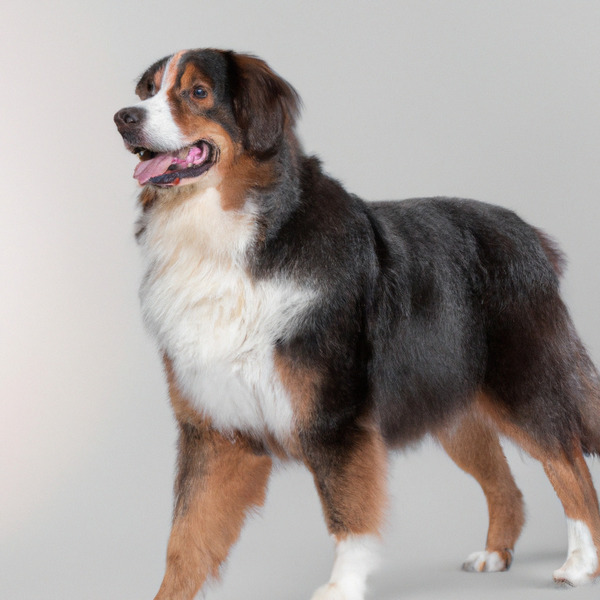
English Shepherd
Greater Swiss Rottweiler vs English Shepherd
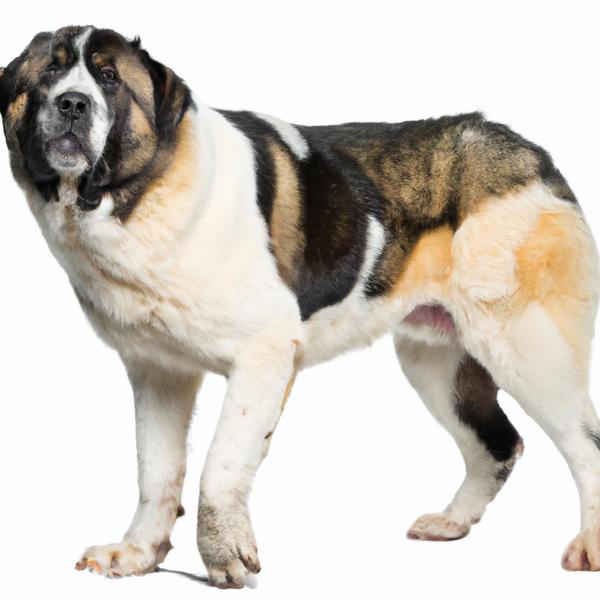
Ba-Shar
Greater Swiss Rottweiler vs Ba-Shar

Great Pyrenees
Greater Swiss Rottweiler vs Great Pyrenees
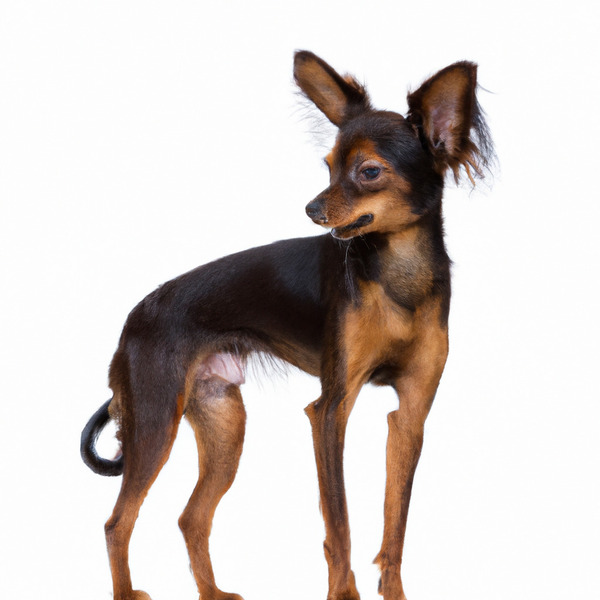
Russian Toy
Greater Swiss Rottweiler vs Russian Toy
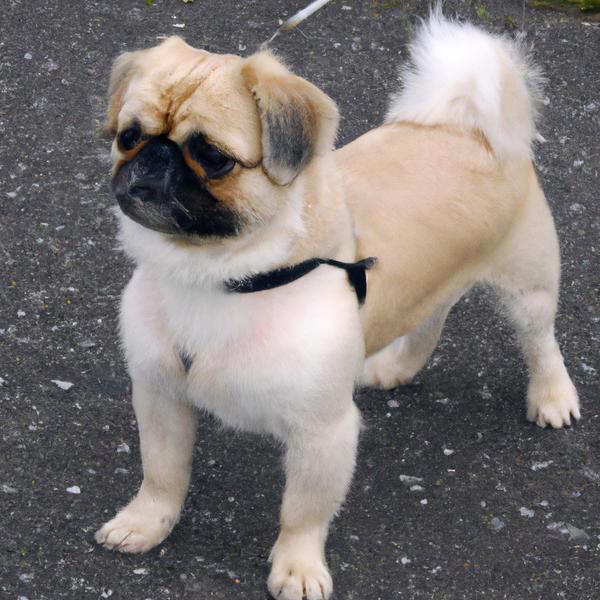
Pug-Coton
Greater Swiss Rottweiler vs Pug-Coton
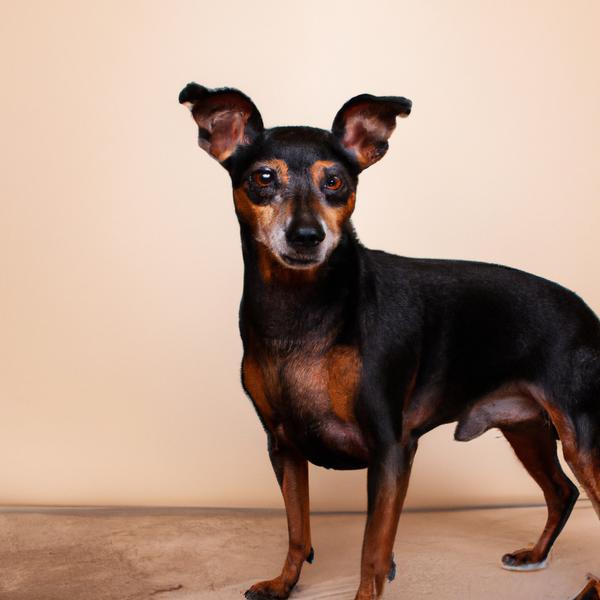
Min Pin Frise
Greater Swiss Rottweiler vs Min Pin Frise
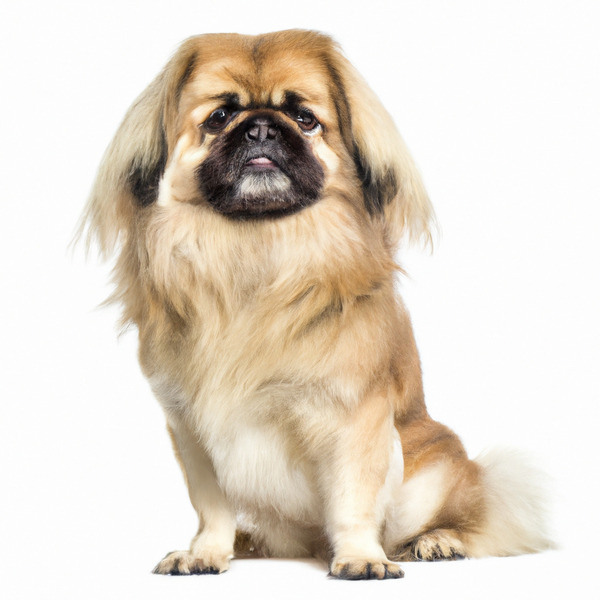
Tibetan Spaniel
Greater Swiss Rottweiler vs Tibetan Spaniel
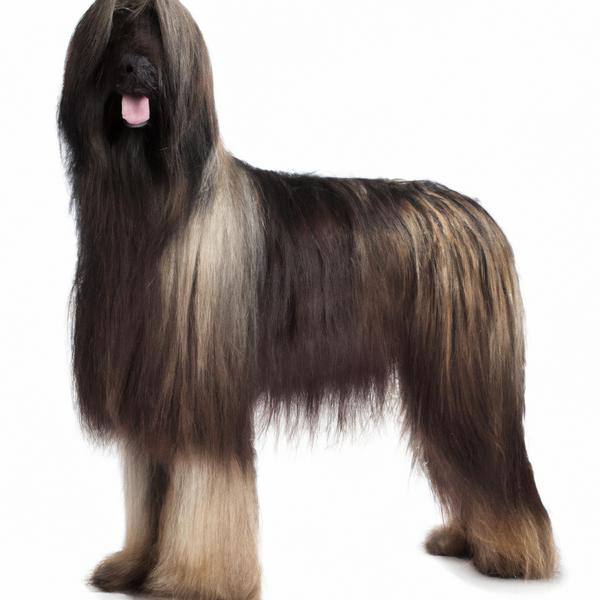
Afghan Sheepdog
Greater Swiss Rottweiler vs Afghan Sheepdog
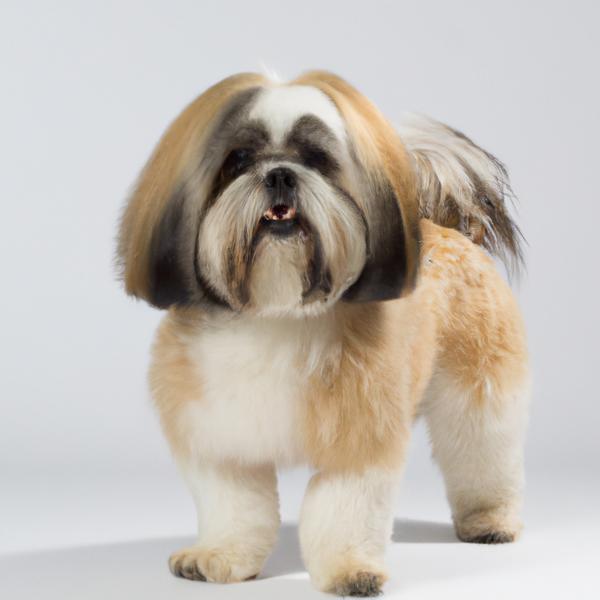
Lhatese
Greater Swiss Rottweiler vs Lhatese
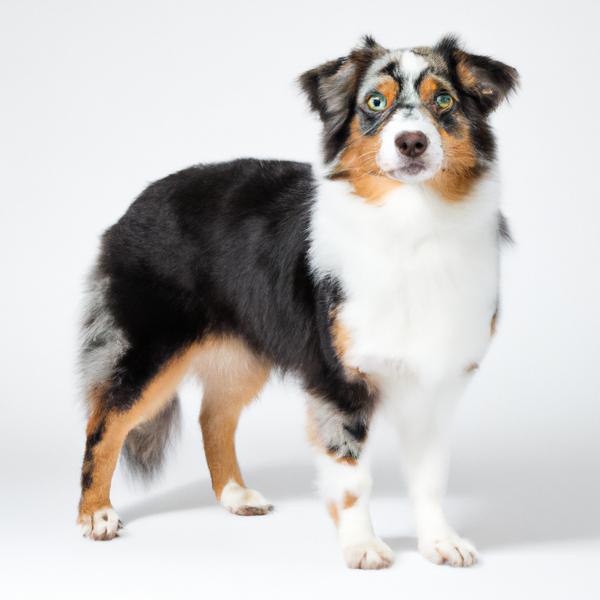
Miniature American Shepherd
Greater Swiss Rottweiler vs Miniature American Shepherd
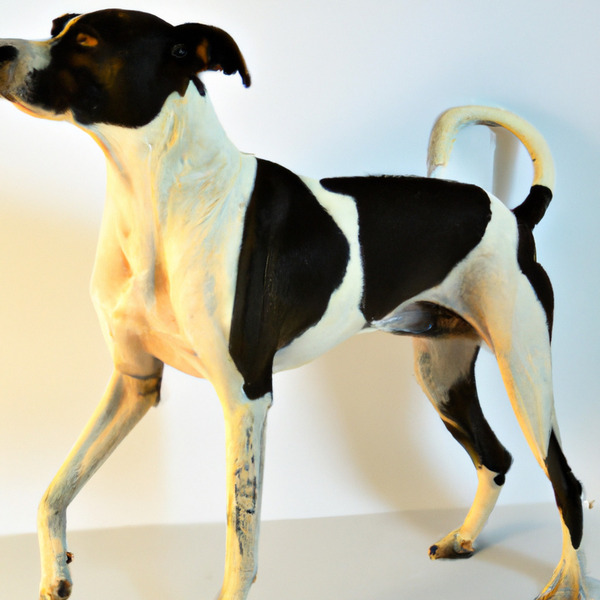
Cursinu
Greater Swiss Rottweiler vs Cursinu
